Quality Plumbing Services You Can Trust in the Chicago Region
Providing expert plumbing services since 2006. Whether you have no hot water and need emergency service or need a sewer line repaired – we’ve got you covered. Our technicians have seen it all and are fully equipped to handle any plumbing issue you may be facing. With a proven track record of reliable solutions and a commitment to customer satisfaction, our team remains dedicated to delivering top-notch plumbing services tailored to your specific needs, ensuring peace of mind for years to come.
Get a free Quote
Sump Pump Repair
At Excellent Plumbing, we are your trusted experts for all your sump pump needs, including sump pump installation, sump pump replacement, and sump pump float replacement. Our team specializes in sump pump repair services, ensuring the uninterrupted operation of your drainage system in your home. Count on us for reliability and service quality in maintaining the dryness and protection of your home from water issues.
Sump Pump Repair
Drain Cleaning & Repair
At Excellent Plumbing, we specialize in drain cleaning and repair services. Whether you need preventive cleaning, quick fixes, or complete drain repair, our experts are ready to provide reliable solutions for your drainage system. We ensure the cleanliness and reliability of your drainage, guaranteeing that your system operates smoothly. Trust us to maintain your home in optimal condition.
Drain Cleaning & Repair
Sewer Line Cleaning & Repair
Excellent Plumbing provides professional services for servicing and restoring sewer lines. Our team of experienced specialists conducts thorough sewer line inspections using advanced equipment, including sewer line cameras, to identify and resolve any issues in your sewage system. Whether you need preventive cleaning, repairs, or a complete replacement of sewer lines, we guarantee the reliability and efficiency of your wastewater system. Trust us to ensure that your sewage system operates seamlessly and safely.
Sewer Line Cleaning & Repair
Toilet Unclogging Service
Our toilet unclogging services in Lake Zurich, Illinois, offer a fast and reliable solution for your plumbing issues. At Excellent Plumbing, we specialize not only in clearing clogs but also in toilet repair to ensure uninterrupted functionality of your sanitary fixtures at home. Whether you need unclogging or toilet repair, our team is ready to assist and provide impeccable service.
Toilet Unclogging Service
Frozen And Burst Pipes
When it comes to dealing with frozen pipes and the aftermath of burst water pipes, Excellent Plumbing in Illinois, is your trusted partner. Our skilled team specializes in unfreezing pipes and providing top-notch frozen pipe repair services. We understand the urgency of these situations, and we're here to promptly address your plumbing emergencies, ensuring your home stays warm, dry, and protected.
Frozen Pipe Repair



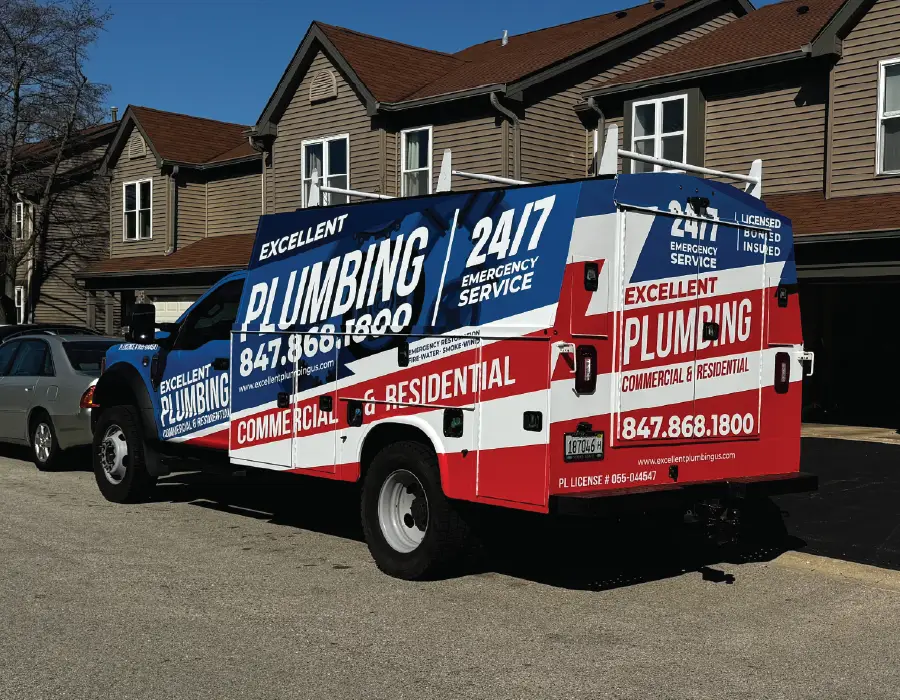
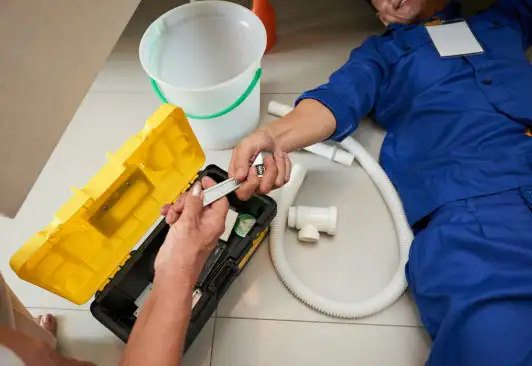
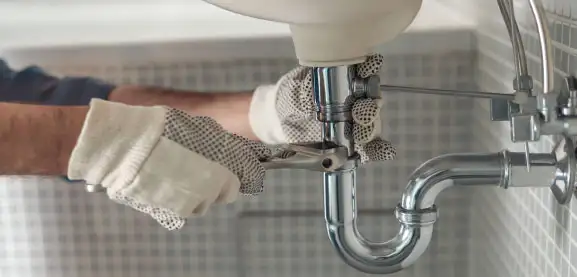
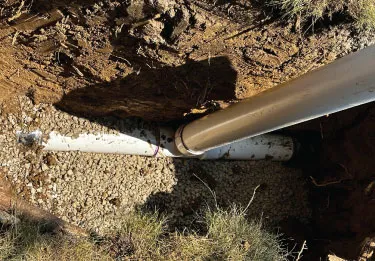
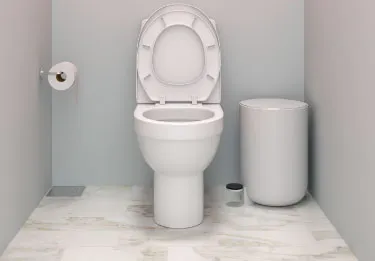
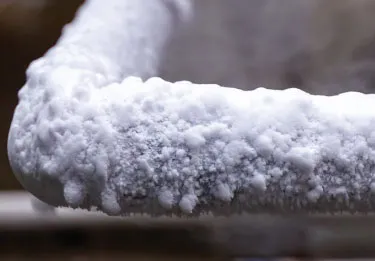


 OUR ADVANTAGES
OUR ADVANTAGES 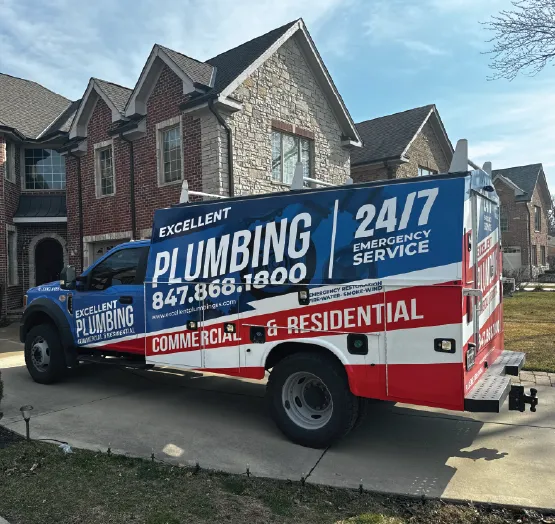
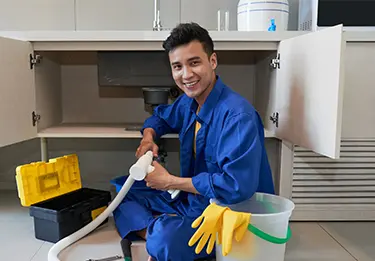

 About us
About us  AREAS WE COVER
AREAS WE COVER 
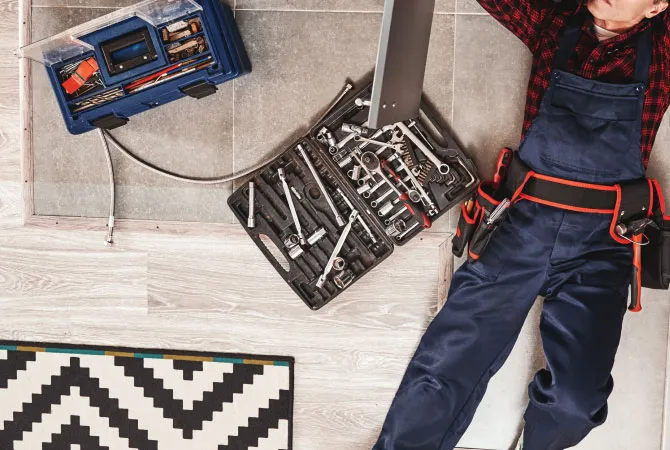
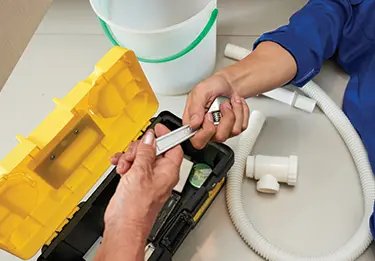
 STEPS OF WORK
STEPS OF WORK  TESTIMONIALS
TESTIMONIALS 

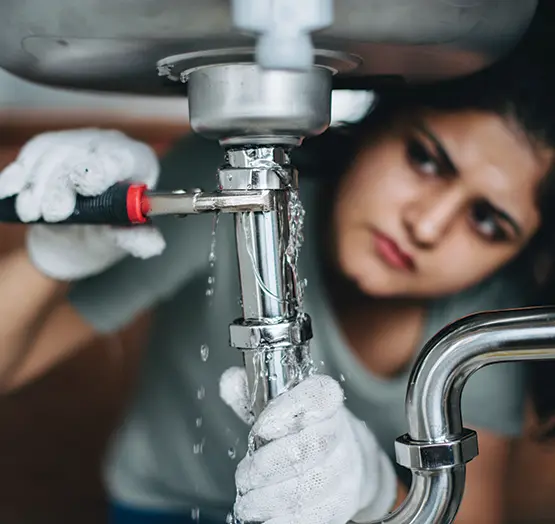
 FAQ
FAQ 
 contact us
contact us